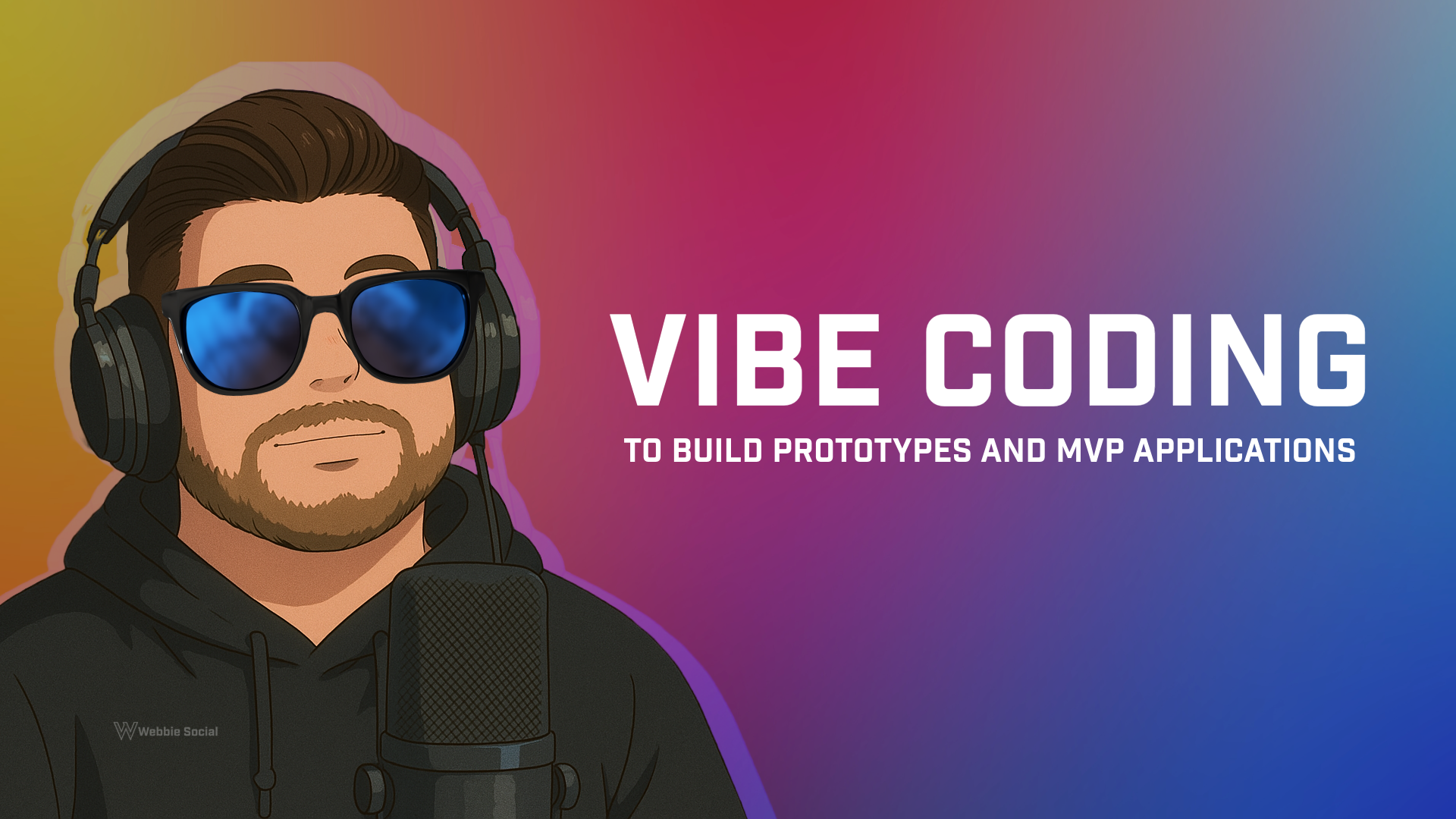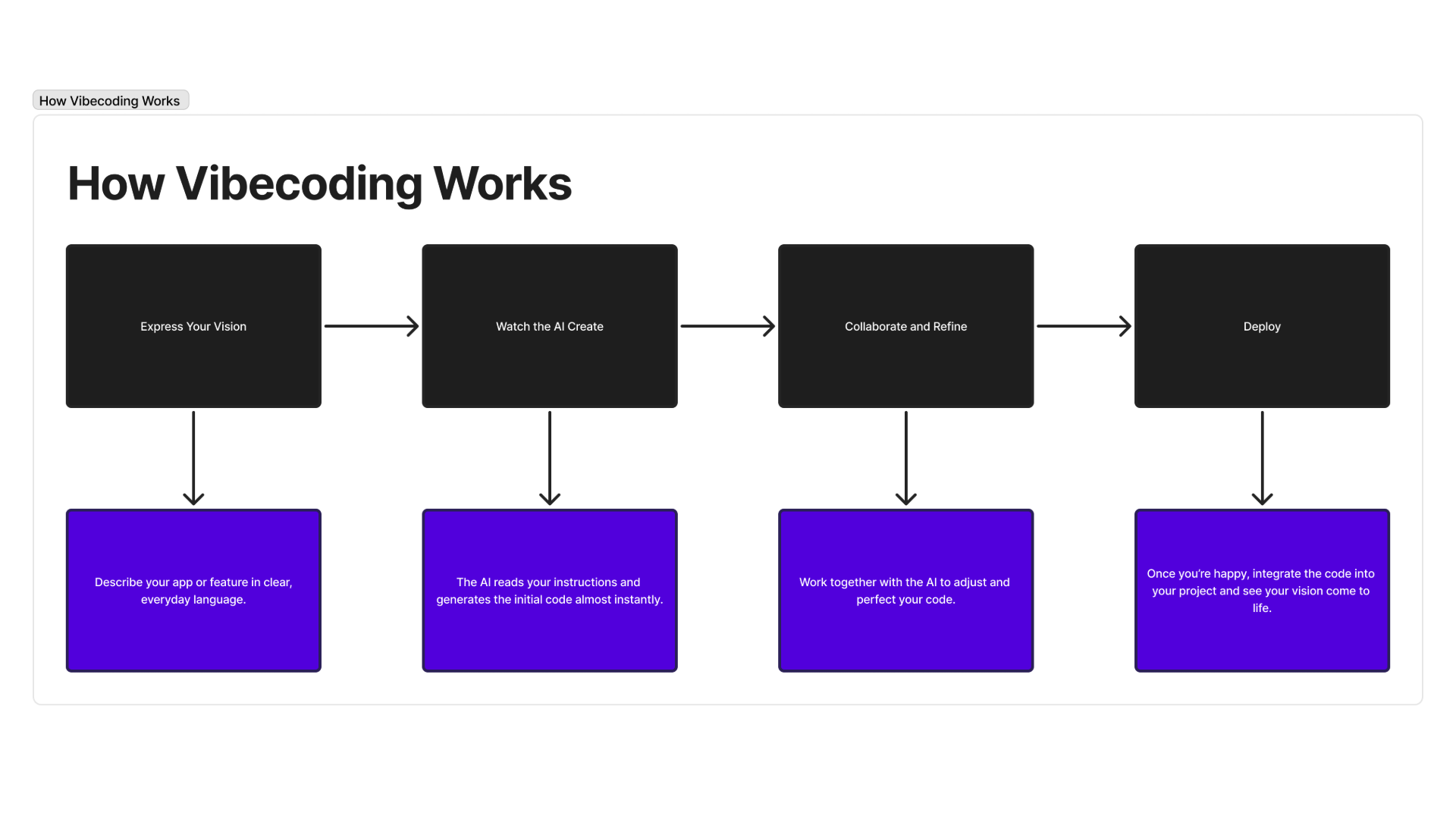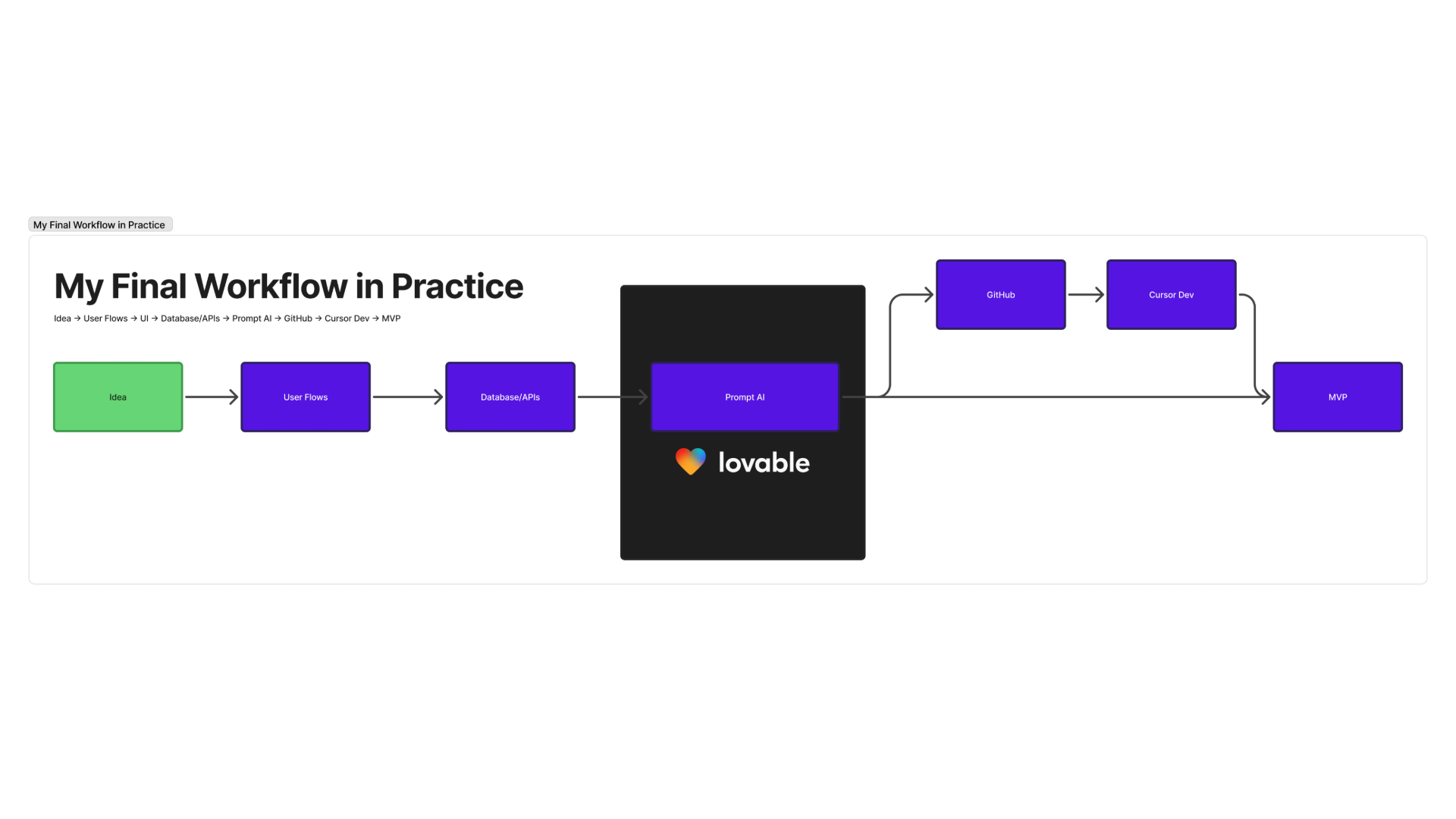
In the tech world, speed is everything. That’s why I’ve been exploring vibe coding, a game-changing approach for quickly creating apps, landing pages, games, and SaaS products. Rather than getting stuck in intricate code or wasting hours wiring up front-end to back-end, vibe coding lets me describe what I want, and AI handles the heavy lifting. Honestly, it feels like a cheat code (Up Down Down Up Up O X Down) for development.
How It Works:
- Express Your Vision: Describe your app or feature in clear, everyday language.
- Watch the AI Create: The AI reads your instructions and generates the initial code almost instantly.
- Collaborate and Refine: Work together with the AI to adjust and perfect your code.
- Deploy: Once you’re happy, integrate the code into your project and see your vision come to life.
My Journey with Vibe Coding
I started off with a fun side project, a Dad Joke generator – “Dad Jokez” App (Feel free to leave a tip) . It wasn’t a massive app, but it showed me how quickly I could ship something functional. From there, I built a Learning Center application that I’m evolving into a full SaaS product. These early projects helped me realize vibe coding isn’t just for prototyping, it can be the foundation for real, scalable businesses when done right.


Why Vibe Coding is a Game Changer
Let’s start with the obvious, speed. What used to take a week can now be done in a few hours. It also cuts down on costs, making it ideal for startups and solo developers. Plus, it’s a great way for non-developers to start building and shipping ideas.
That said, it’s not completely hands-off. The AI can overbuild or go off-track, and you still need foundational dev knowledge to scale your product and make it production-ready.
Another factor to consider is cost. Using AI tools means consuming tokens, and if you’re not focused with your prompts, that usage (and your bill) can spike quickly. That’s why it’s critical to be intentional with how you guide the AI. Know what you need from the start to avoid unnecessary prompts, rewrites, and wasted time.

The Real Secret: Planning the Right Way
Here’s where most people miss the mark, planning.
Before you even touch a prompt, you need a clear blueprint. Think of it like building a house, you wouldn’t start pouring concrete without a plan. Same here. If you want to scale, this part is non-negotiable.


Planning Phase: A Solid Workflow to Map Out Before You Build
1. User Journeys Start by mapping out how users will interact with your app. What steps do they take? What’s their goal? What do they need to see, click, and experience to get value? This process helps guide your UI design, feature decisions, and overall page flow.
2. UX/UI Design Use Figma (or your design tool of choice) to create wireframes or mockups. Visualize your layout, define components, and set expectations for spacing, hierarchy, and navigation. This step sharpens your vision and helps others, or the AI, understand it.
3. Database Structure Define your data model early. What entities do you need, users, products, subscriptions, etc.? How are they related? A well-planned schema saves time when implementing logic, auth, and future upgrades.
4. API Selection & Integration Plan Know which APIs you’ll need from the start, Stripe for payments, Firebase for auth, OpenAI for AI features, etc. Identify endpoints, required parameters, and expected responses. This ensures clean prompts and smooth integrations.
5. Feature Roadmap Think beyond the MVP. What features might you add in version 2.0? What premium features could unlock revenue? What technical limitations will you hit at scale? Planning ahead gives you flexibility and avoids tech debt.
👉 You get this part right, and you’re off and running toward a solid prototype or MVP.
Execution Phase: My Final Workflow in Practice
Idea → User Flows → UI → Database/APIs → Prompt AI → GitHub → Cursor Dev → MVP
Once I’ve mapped everything out, here’s how I bring it to life:
1. Define the Product Vision Start with a short summary that clearly outlines what the product does, who it’s for, and the core problem it solves.
2. Outline User Journeys Walk through key use cases step-by-step. Think through what users need to see, click, and experience to get value.
3. Design in Figma Create wireframes or mockups that lay out core screens, menus, and UI components. This helps you visualize structure and flow.
4. Map the Database & APIs Document your data schema and identify any third-party APIs you’ll need, including authentication, payments, or AI tools. Make sure relationships and endpoints are clear. THIS MIGHT BE THE MOST IMPORTANT PART!
5. Prompt Lovable Use Lovable to generate the first version of your app based on everything above, your product vision, user flows, database structure, and feature goals. Be specific and detailed with your prompts so the AI understands the full picture. This is where the magic happens and your planning comes into place.
6. Push to GitHub Once your initial codebase is generated, push it to a GitHub repo. This becomes your foundation and version control moving forward.
7. Move to Cursor for Development With your base set up in GitHub, switch to Cursor for ongoing development. Here, you can refactor, expand, and build out features more precisely, using AI in a more controlled, iterative way.
👉 This combo — starting with Lovable, setting a clear structure, and then evolving in Cursor — is the core of how I build and ship fast MVPs. It keeps things efficient, scalable, and AI-assisted without losing control.
⚠️ Pro Tip: Don’t Vibe in Production
This might be the most important thing I tell you:
Do not vibe code directly in your production environment. Ever.
Vibe coding is insanely powerful, and that’s exactly why it’s risky. One vague or overly ambitious prompt, and boom, the AI might refactor your schema, break your logic, or wipe your database structure. It’s not malicious, it just doesn’t know better unless you guide it carefully.
So here’s the move:
- Always work in a dev or staging environment
- Keep your code backed up (GitHub is your best friend)
- Backup your database before making major changes
Vibe coding is fun. Breaking your live app is not.
Vibe coding isn’t about skipping steps, it’s about supercharging the process by giving AI the structure it needs to help you build faster and smarter.
The more intentional your planning, the more powerful the output. READ THAT AGAIN.
If you’re a builder, founder, or content creator looking to turn ideas into production-ready tools, vibe coding is your unfair advantage, but only if you come prepared.

